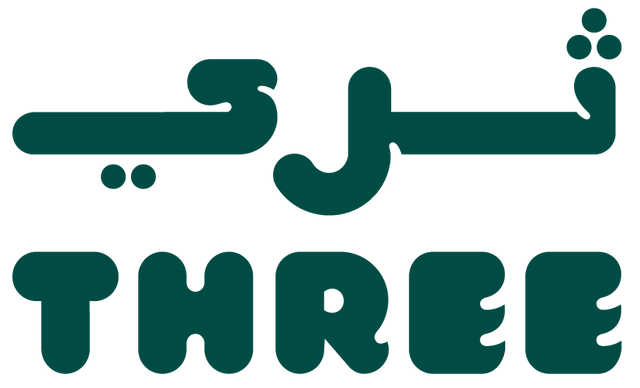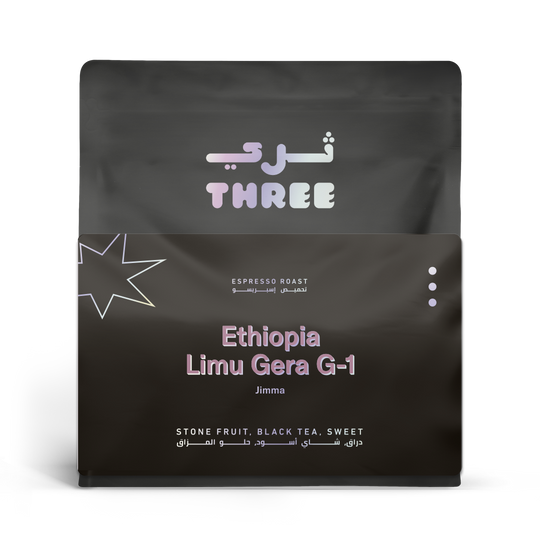هل تعلم أن مراكز إنتاج القهوة، مثل البرازيل وفيتنام، تقع على مسافة طويلة جدًا من مسقط رأس القهوة؟ إثيوبيا، الدولة الإفريقية، هي موطن القهوة، وعلى الرغم من أنها الآن سادس أكبر منتج للقهوة في العالم من حيث الحجم، إلا أنها لا تزال تفتخر ببعض أفضل أنواع القهوة المتخصصة هناك.
الشيء الصعب هو العثور عليه. يحب الإثيوبيون الاحتفاظ بالعديد من أجود أنواع القهوة لأنفسهم، لذا ستحتاج إلى معرفة المكان الذي تبحث فيه. سوف نطلعك على السر هنا
سيغطي هذا الدليل الخاص بالقهوة الإثيوبية تاريخها وأهميتها بالنسبة لشعب إثيوبيا، وطرق العثور على أفضل أنواع القهوة الإثيوبية للاستمتاع بها في المنزل. إذا لم تكن قد جربت القهوة الإثيوبية من قبل، فسوف تذهلك.
5 حقائق عن القهوة الإثيوبية عليك معرفتها
1. إثيوبيا هي مسقط رأس القهوة
تم اكتشاف كافا، وهو الاسم الأصلي لنبتة القهوة، لأول مرة وهي تنمو في البرية في جنوب غرب إثيوبيا. وتوفر الدولة البيئة المثالية لزراعة النبات دون الحاجة إلى التكيف أو الإضافة إلى الظروف، أفضل من أي مكان آخر في العالم.
تعتبر درجات الحرارة وظروف التربة والارتفاعات المتاحة وهطول الأمطار كلها مثالية لزراعة القهوة في العديد من مناطق إثيوبيا. هذا هو السبب في أنها تحظى باحترام كبير وتبجيل لحبوبها.
2. تنتج إثيوبيا ما يقرب من نصف مليون طن من القهوة كل عام…
ويعني هذا الحجم أن إثيوبيا هي المنتج الرئيسي للبن في أفريقيا وسادس أكبر منتج في العالم. وتشير التقديرات إلى أن 3% من القهوة في العالم تمت زراعتها في إثيوبيا. تعتبر القهوة جزءًا كبيرًا من الاقتصاد الإثيوبي وثقافته.
3. … لكن الإثيوبيين يحتفظون بأكثر من نصف قهوتهم لأنفسهم
وخلافا لما هو الحال في الدول الأخرى المنتجة للبن، فإن نسبة كبيرة من حبوبها تبقى داخل إثيوبيا ويتم استهلاكها محليا. يعشق الشعب الإثيوبي القهوة، ويخصص ساعات طويلة يوميًا لإعدادها واستهلاكها.
احتفالات القهوة هي طقوس في إثيوبيا تشارك فيها كل الأجيال. تقدم الأجيال الشابة القهوة لكبار السن في تقليد عمره قرون. هناك مقولة شائعة في إثيوبيا مفادها أن "بونا دابو ناو" والتي تُترجم إلى "القهوة هي خبزنا".
4. القهوة الإثيوبية غارقة في الأساطير
لقد كانت القهوة جزءًا من النسيج الاجتماعي لإثيوبيا لفترة طويلة لدرجة أن الخطوط الفاصلة بين تاريخها وأسطورتها أصبحت غير واضحة إلى حد كبير. تقول إحدى القصص الشائعة أن كالدي، راعي الماعز، كان مفتونًا بتصرف ماعزه بحيوية وبهجة. اكتشف أنهم كانوا يأكلون بعض الفواكه الشبيهة بالكرز وأدرك أن هذا هو سبب مرحهم.
أخذ كالدي الثمار إلى الرهبان المحليين الذين اعتقد أنهم قد يكونون قادرين على شرح العلاقة. شعر الرهبان بالاشمئزاز، معتقدين أن هذه الثمار لا بد أن تكون شريرة بطريقة ما، وألقوها في النار. كانت رائحة تلك النار، المألوفة لنا جميعًا الآن، جذابة للغاية لدرجة أن الرهبان لم يتمكنوا من مقاومة طحن بعض بقايا الكرز وخلطها بالماء. تقول الأسطورة أن هذا كان أول فنجان قهوة.
5. تتم زراعة معظم القهوة الإثيوبية باسم "قهوة الحديقة"
مزارع البن الكبيرة نادرة في إثيوبيا. تتم زراعة 5% فقط من القهوة الإثيوبية على نطاق صناعي. وبدلاً من ذلك، فإن غالبية القهوة المزروعة هنا هي "قهوة الحديقة"، وهو ما يفسر سبب كونها عادة من أصل واحد.
تتم زراعة "قهوة الحديقة" في مزرعة صغيرة، على بعد مرمى حجر من منزل المزارع. يتم زراعته بين العديد من الخضروات والفواكه الأخرى، تمامًا كما لو كان المزارع يزرع طعامًا لأسرته فقط. وهذا يعني أيضًا أنه يمكن تقديم الكثير من الرعاية والاهتمام لنباتات القهوة.
تُزرع أيضًا قهوة "شبه الغابة" في إثيوبيا. وهذا يعني أنه يتم إزالة مساحات من الغابات الطبيعية وزراعة القهوة، ولكن في مناطق صغيرة فقط. وهذا يعني أن النباتات تستفيد من النظام البيئي وغطاء الظل الذي توفره الغابة المحيطة.
إن المزارع الصغيرة في إثيوبيا وتفاني منتجيها هما السبب وراء تميز القهوة. بالإضافة إلى ذلك، تعد كل من القهوة "شبه الغابة" و"البستانية" من طرق الإنتاج المستدامة للغاية.






